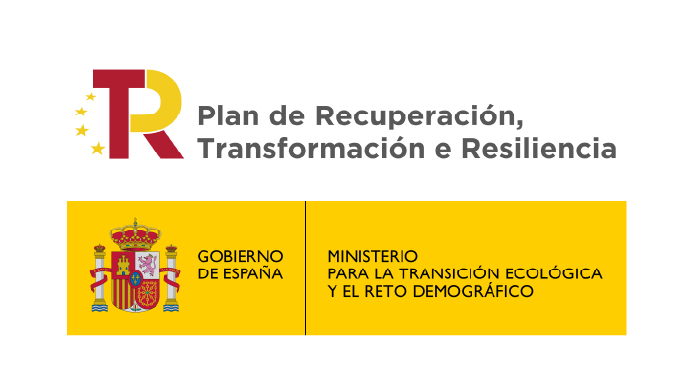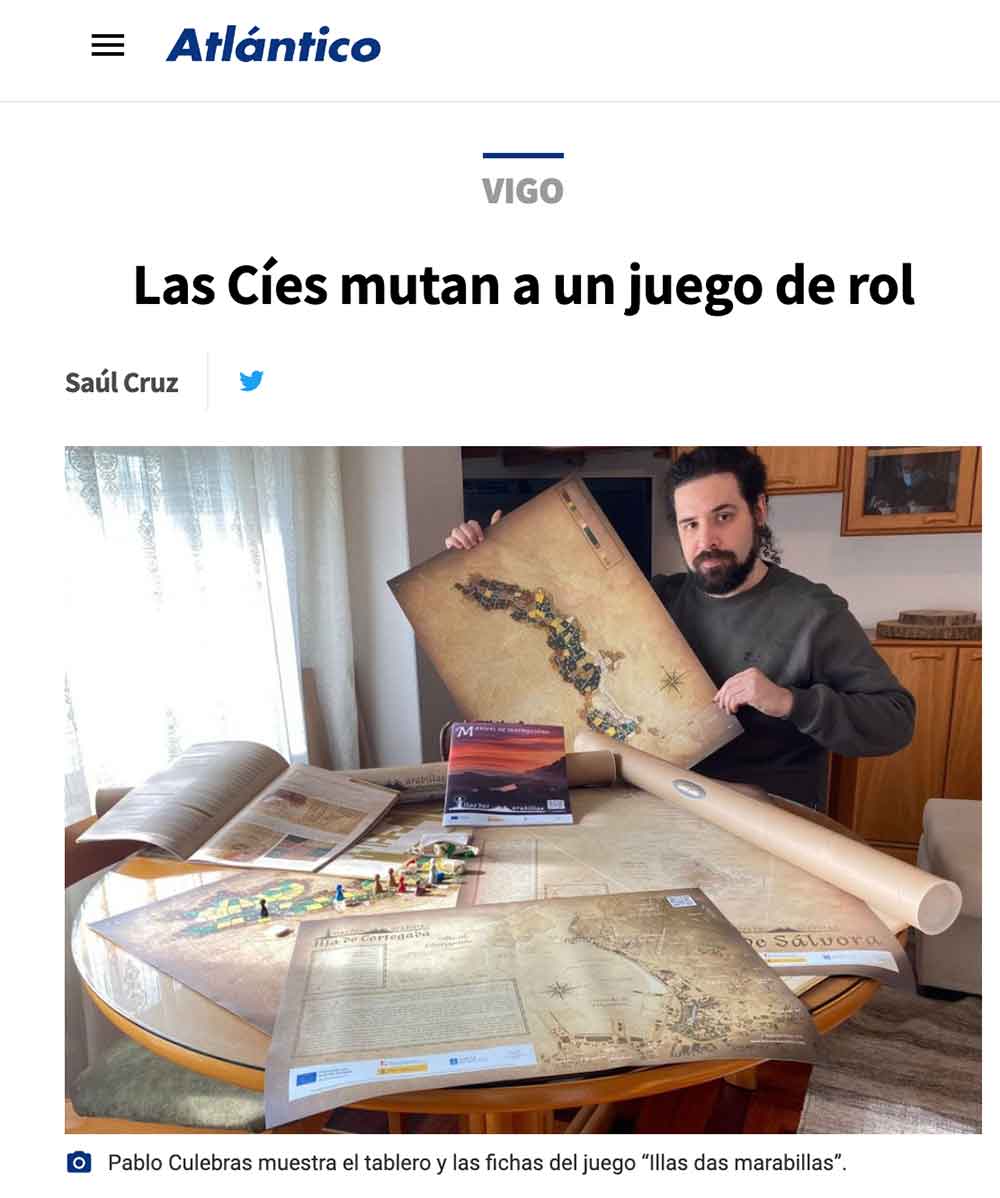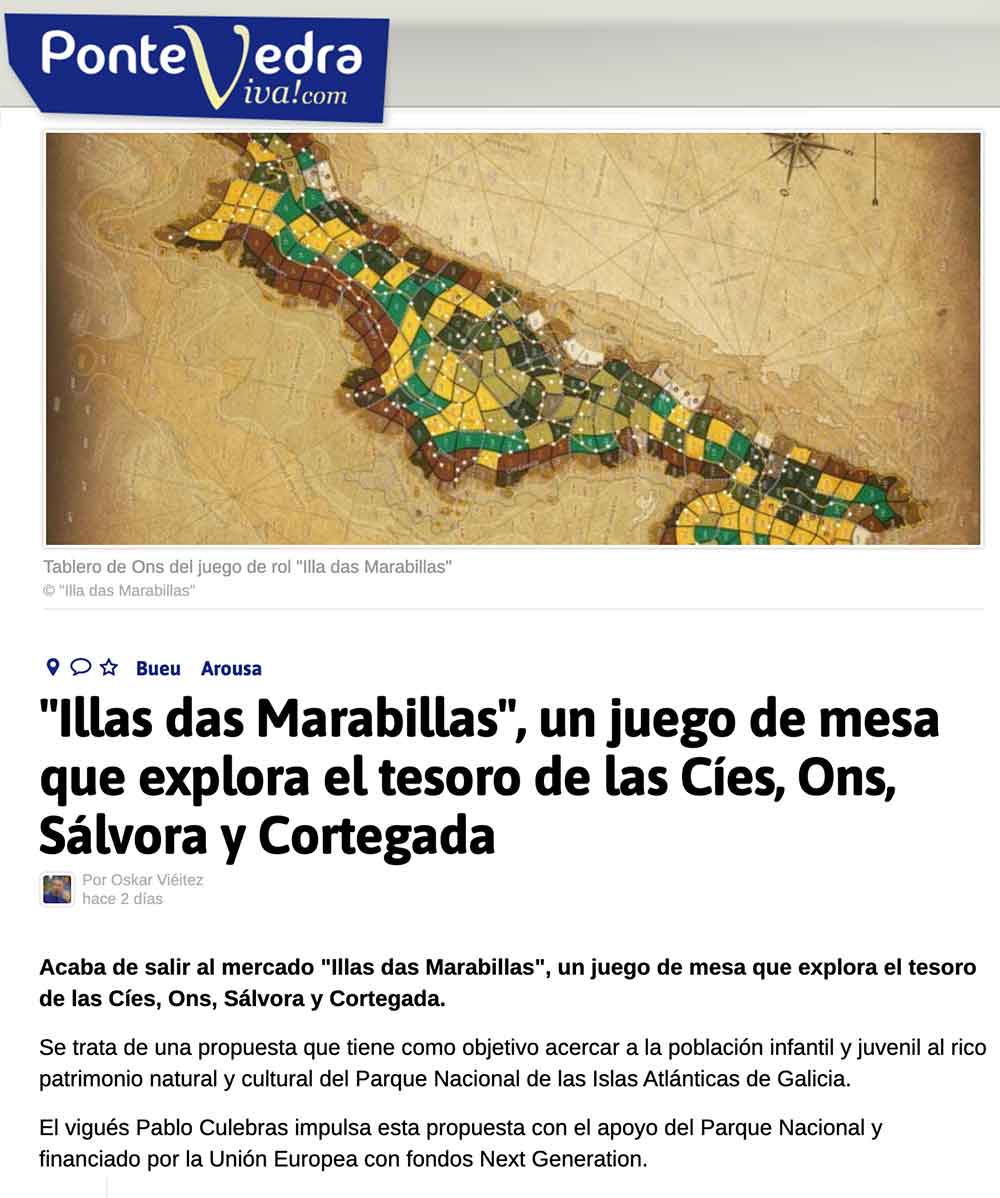
Presentation
A role playing game inspired in the Atlantic Isles of Galicia

Discover the fauna and flora from the point of view of the animals themselves

Experience the history and archaeological secrets of the islands

Participate in a magical world inspired in our folklore




Grants to the area of socioeconomic influence of the Maritime-Terrestrial National Park of the Atlantic Islands of Galicia.



Grants to the area of socioeconomic influence of the Maritime-Terrestrial National Park of the Atlantic Islands of Galicia.

A set of 4 games
Illas das Marabillas is a collection of 4 games, each focused on an archipelago of the National Park, with a different board, which can function both autonomously, in games restricted to a single archipelago, and combined in macro games.
from 2 to five players per board
Macro games that use several boards at the same time can accommodate a larger number of participants, who can travel between islands.
Adjustable duration games
Games can last from 1 hour to several sessions. Thanks to the turn system it is possible to record the status of the game to resume it at another time.
For all ages from 12 years old
The game can be used with a higher or lower level of complexity, depending on the maturity and interests of the players. The Game Director can design more “superficial” or more “serious” games, he or she can adapt the game for more “casual” or more “veteran” role-playing game participants.
Adaptation for its use in Secondary Education
The game is specially designed to be able to convey curricular content during the games. At many points in the game it is possible to incorporate questions (“enigmas”) that players must answer to obtain prizes or avoid penalties.
Contains a map of the hiking routes available in the isles
The back of the board includes a map with the hiking routes and areas of interest on the islands. Thanks to the material it is made of, a flexible, roll-up and water-resistant tarp, it can be taken on visits to the islands.
Kinds of playable magical beings
Kinds of non playable magical beings
Monsters
Species of birds
Species of sea animals
Species of land invertebrates
Species of amphibians
Species of reptiles
Species of mammals
Aparición en medios

Artigo en Atlántico Diario

Article in La Voz de Galicia

